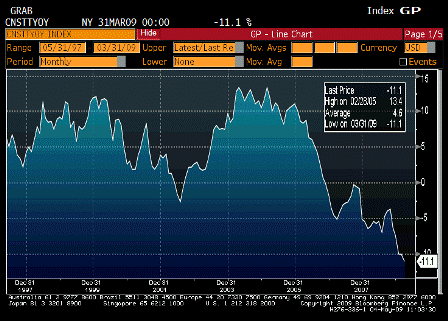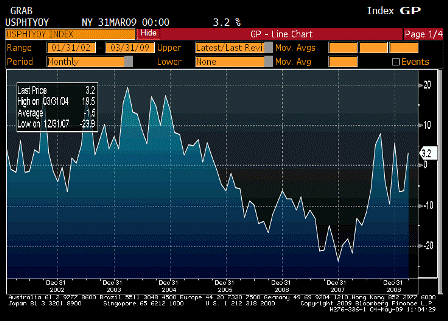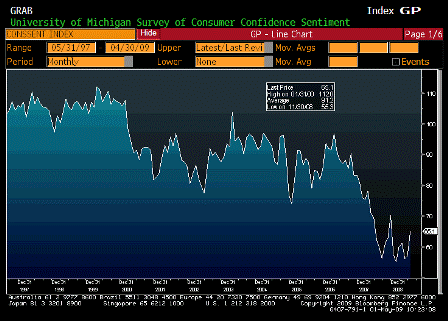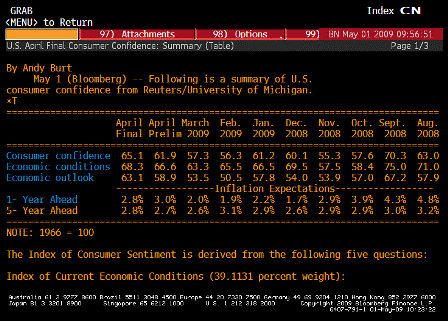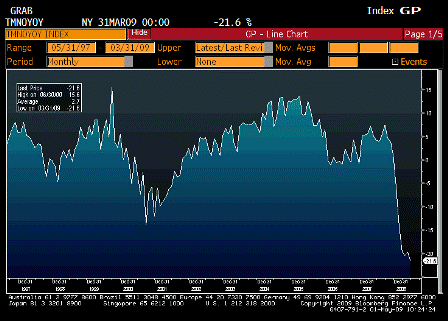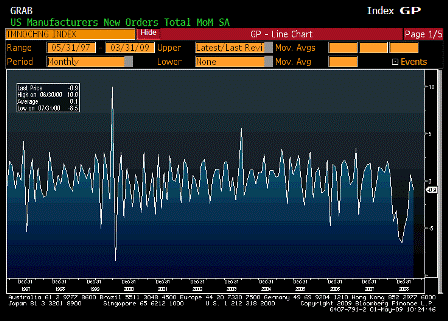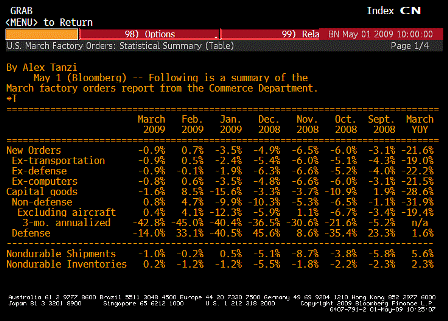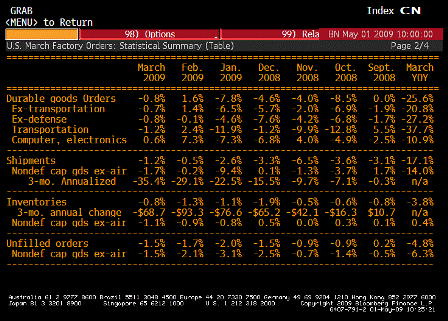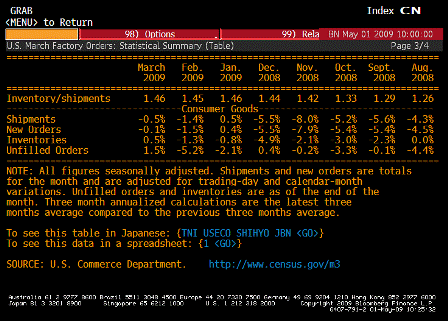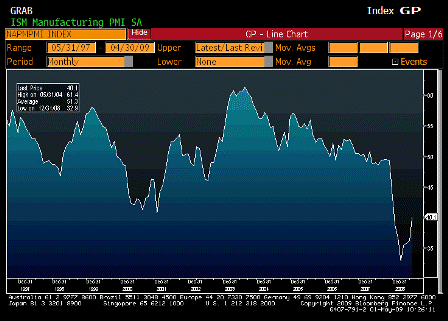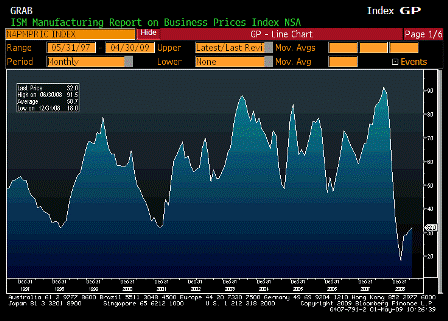[Skip to the end]
First impression: thoroughly depressing at all levels.
Particularly the public purpose aspect.
Less critical but also highly disturbing are issues like:
Looks like a nearly free call for Fiat because Obama believes their technology is critical.
Apr 30 (Delaware Online) — “Fiat is getting its stake in Chrysler for giving the company access to its fuel-efficient technology, a move toward cleaner cars that the Obama administration thinks is critical to Chrysler’s future survival.”
“But Fiat, which the Obama administration hopes can jump start Chrysler with its fuel-efficient and lower-emission technology, could end up the majority stakeholder. Fiat would initially get 20 percent, a share that could rise to 35 percent if certain benchmarks are met.”
“Fiat said Thursday it could get an additional 16 percent by 2016 if Chrysler’s U.S. government loans are fully repaid. The company has committed to building Fiat cars in Chrysler factories, to be sold as Chryslers.”
And if Fiat gets paid for its cars and engines with US subsidy funds maybe no downside at all?
And somehow, and not that I personally care one way or the other, handing over a subsidized Chrysler to Fiat heralds the revival of an American company?
The same Fiat that has failed miserably each time its attempted to enter the American markets, and often over quality and reliability issues is going to save Chrysler?
Somehow Chrysler switching from Mercedes engines to Fiat cars and engines gives it some kind of advantage?
On to the public purpose issues.
Major emphasis on what the company has done for the workers- housed, fed, and clothed them, sent their kids to college, pay their bills.
Same can be said for industries building nuclear weapons, tobacco products, and dangerous toys.
It’s about the output. It’s not like there’s some kind of natural job shortage.
Every worker could have been doing something else for the same compensation.
Public purpose is about opportunity costs under full employment conditions.
Obama also defended this plan not on public purpose, but on the issue of whether there will be losses of ‘taxpayer money’.
He said ‘no company can be supported on an endless stream of taxpayer dollars’.
What about the defense industry, or other institutions of public purpose?
The difference is Chrysler’s output has no public purpose.
Obama says “this is about supporting tens of thousands of jobs”.
Yes, to create output that has no public purpose.
In fact, for years there has been substantial excess capacity in the automobile industry.
And then there was the vicious attack on the legally secured creditors who wouldn’t take less than the face amount of their debt, like those who received tarp money were apparently pressured to do.
Why would anyone even remotely expect or even desire that to happen?
Was there any consideration, for example, to what would happen to credit availability and interest rates for private borrowers if secured lenders expected to have to take discounts if the borrowers got in trouble? There would be no lending as we know it.
Yet the President of the US attempted to coerce these secured lenders to ‘sacrifice’ because unsecured creditors and employees were settling for less? How are those related?
And after a recent speech about how he’s going to help unions, Obama follows up with this:
“Along with the Fiat deal, the UAW ratified a cost-cutting pact Wednesday night.”
Can’t have it both ways.
Nor is there any discussion on how the government’s failure to sustain aggregate demand and let car sales fall in half resulted in substantial losses for all the world’s car companies.
And that only the restoration of aggregate demand is what ultimately supports profitability.
Instead, with full authority and the voice of intellectual superiority:
“For too long,” Obama said at the White House, “Chrysler moved too slowly to adapt to the future, designing and building cars that were less popular, less reliable and less fuel efficient than foreign competitors.”
Obama closes by saying he hopes we buy American cars, completely missing another economic fundamental of public purpose- imports are real benefits and exports real costs.
He fails to understand that the flood of net imports has made a major contribution to the American standard of living, to the detriment of the net exporters.
Yes, removing debt and reducing obligations to workers makes a company financially stronger and gives it a competitive advantage.
But done this way it’s also a transfer of nominal wealth previously subject to contract law.
And determining that Government can suspend contract law also has consequences on private investment and risk assessment.
To some degree it’s also a fallacy of composition- if you do it for all the car companies nothing is gained vs each other, and excess capacity persists.
This was a chilling speech on many levels, and does not bode well for the public purpose of our real standard of living.
And perhaps worst of all, the continuous, faulty logic was all delivered with an arrogant voice of authority, confidence, and intellectual and moral superiority.
Scared me into selling my stocks today. Continuing government attacks on shareholders can’t be ruled out. Markets are way off their lows and already seem to know the ‘good news’ of GDP maybe going flat. And I’m getting worried that Obama means what he says regarding ‘fiscal responsibility.’
[top]




